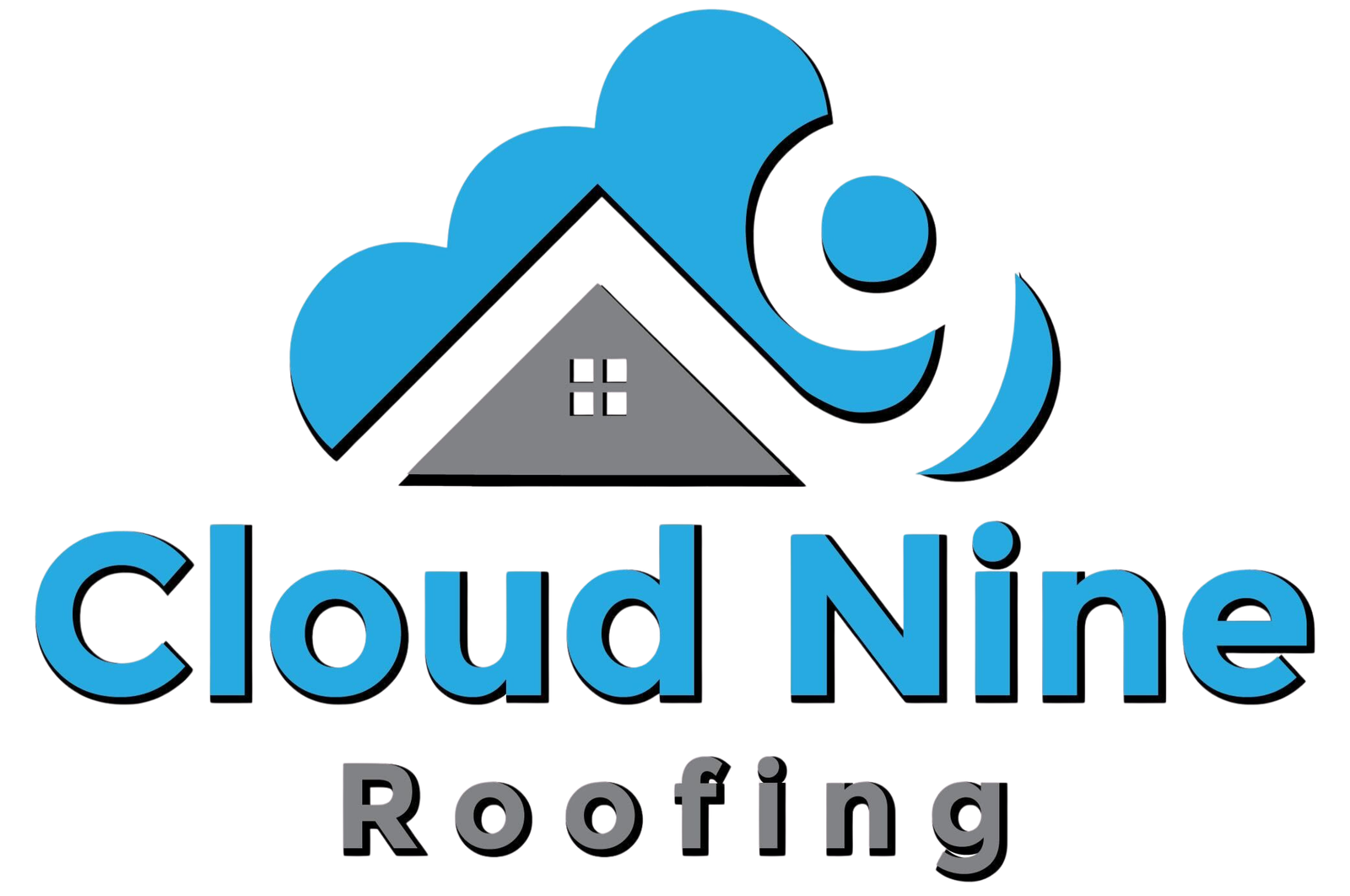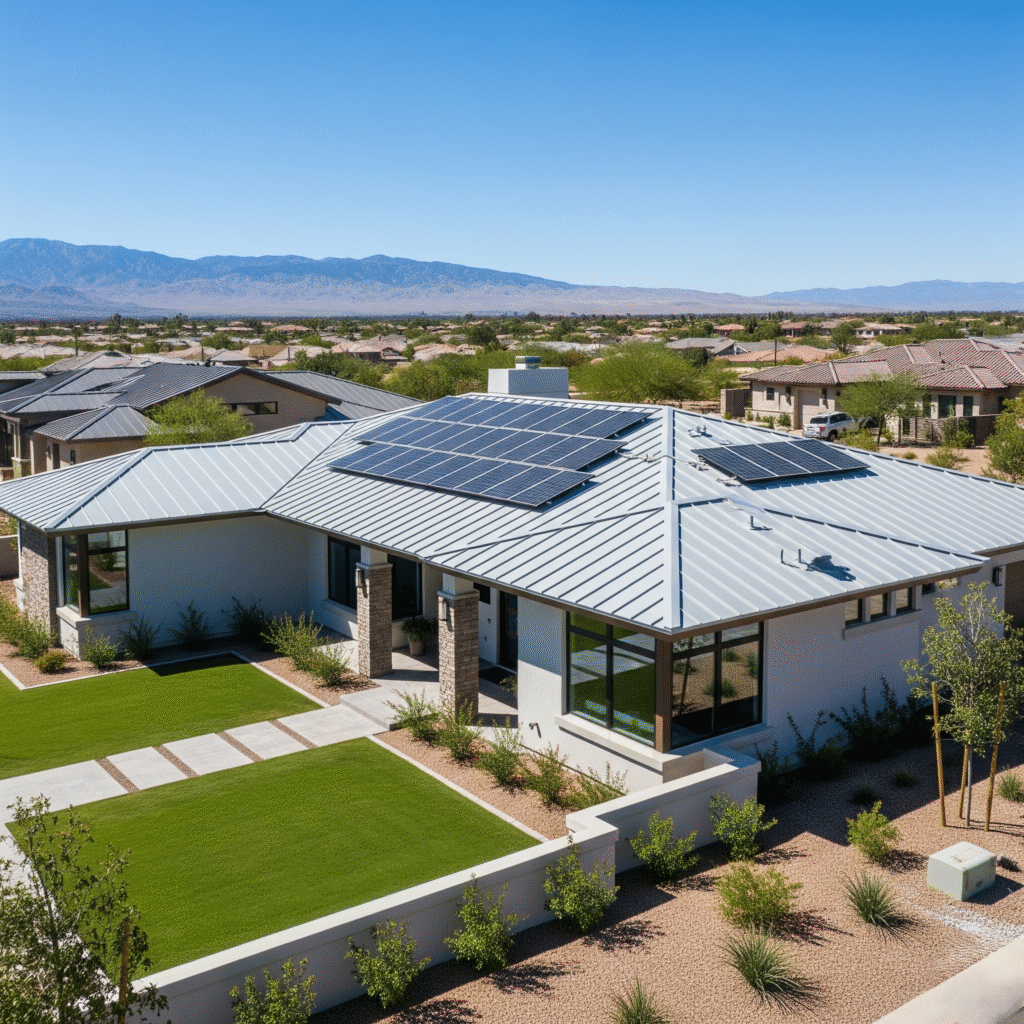When temperatures soar, keeping your home cool becomes a top priority. For homeowners in hot climates, the type of roofing you install can dramatically impact your cooling costs. One increasingly popular and effective solution is metal roofing. Known for its durability and modern appeal, metal roofing also provides exceptional energy efficiency, especially when it comes to reducing indoor temperatures and utility bills.
In this blog, we’ll break down how metal roofing helps reduce cooling costs, the science behind heat reflection, and why it’s a smart investment for anyone living in a warm region.
Understanding the Basics of Metal Roofing
Before diving into the cooling benefits, it’s important to understand what makes metal roofing different from traditional roofing materials. Metal roofs are typically made from aluminum, steel, copper, or zinc and come in various finishes and coatings designed to reflect solar energy.
Reflective Properties of Metal Roofing
The primary way metal roofs reduce cooling costs is by reflecting solar radiation. Most traditional roofs, like asphalt shingles, absorb sunlight, converting it into heat and transferring it into your home. Metal roofs, especially those with a reflective coating, bounce the sunlight away from your home, reducing the amount of heat that enters your attic or living space.
Cool Roof Coatings
Many metal roofs are treated with “cool roof” coatings, special paints or finishes that further enhance reflectivity. These coatings can reflect up to 70% of solar radiation, significantly lowering surface temperature.
Improved Ventilation and Heat Dissipation
In addition to reflectivity, metal roofing systems often incorporate ventilation layers that allow hot air to escape. This air gap between the roof deck and the metal panel creates a buffer that reduces heat transfer into the home.
The Stack Effect
As heat rises, the stack effect helps hot air to naturally escape through ridge vents, lowering the overall attic temperature. A cooler attic space means less work for your air conditioning system.
Metal Roofs and Energy Efficiency Ratings
Many metal roofing products carry high Energy Star ratings, meaning they meet or exceed the criteria for energy efficiency established by the U.S. Environmental Protection Agency (EPA). This makes them eligible for rebates and tax incentives, providing long-term financial advantages.
Comparing Cooling Cost Savings
On average, homeowners with metal roofs in hot climates report a 10-25% reduction in cooling costs. While results may vary depending on insulation, home orientation, and local temperatures, metal roofs consistently outperform asphalt and tile alternatives.
| Roofing Material | Reflectivity | Avg. Cooling Cost Savings |
|---|---|---|
| Asphalt Shingle | Low | 0–5% |
| Clay Tile | Moderate | 5–10% |
| Metal Roof | High | 10–25% |
Durability and Long-Term Cost Benefits
Aside from energy efficiency, metal roofs are known for their longevity, lasting 40 to 70 years with minimal maintenance. That’s double or even triple the lifespan of traditional roofing materials, which translates into fewer replacements and more savings over time.
Lower Cooling Load = Longer HVAC Lifespan
When your roof reflects heat and maintains a cooler home, your air conditioning system doesn’t have to work as hard. This results in less wear and tear and can extend the life of your HVAC system.
Eco-Friendly and Sustainable
Metal roofing is not just good for your wallet; it’s also better for the environment. Most metal roofs are made from recycled materials and are 100% recyclable at the end of their life cycle. Plus, by reducing your energy use, you’re also lowering your carbon footprint.
Maintenance Tips for Maximum Efficiency
To get the most out of your metal roof in terms of cooling efficiency, proper maintenance is key:
- Clean roof surfaces regularly to prevent dust buildup, which can reduce reflectivity.
- Inspect for damage after extreme weather events.
- Reapply cool roof coatings every 10–15 years if necessary.
Conclusion: Is a Metal Roof Worth It for Hot Climates?
Absolutely. Whether you’re building a new home or replacing an old roof, metal roofing is a smart investment for homeowners in hot climates. With superior heat reflection, improved ventilation, and long-term cost savings, it not only keeps your home cooler but also helps reduce your carbon footprint.
So, if you’re tired of skyrocketing cooling bills each summer, consider making the switch to a metal roof; it’s more than just a covering; it’s a cooling system built into your home.


